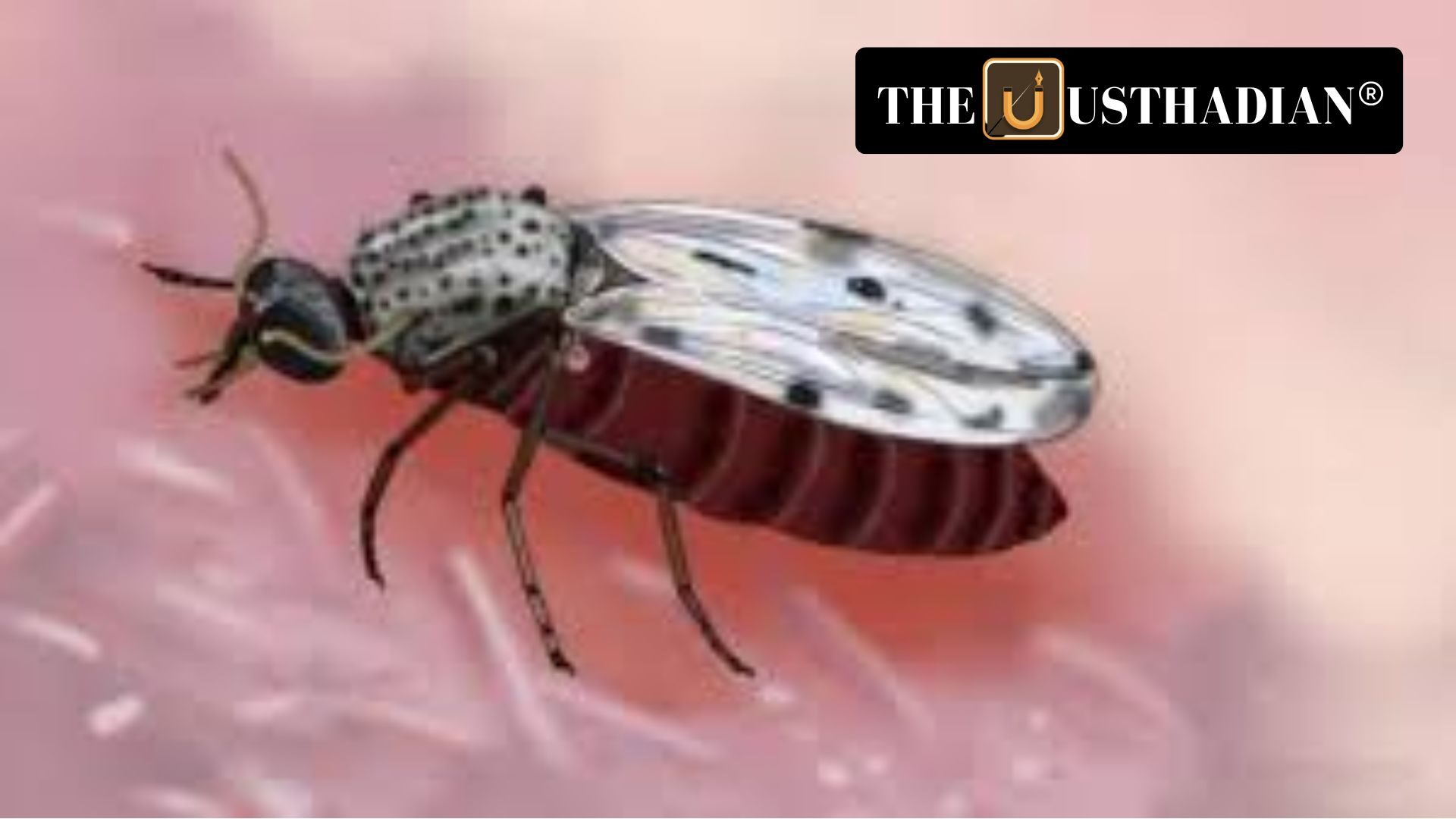New Findings in Biodiversity
Dangerous Culicoides Flies Detected in Andaman and Nicobar Islands : A recent breakthrough by the Zoological Survey of India has uncovered 23 species of Culicoides, or blood-sucking flies, in the Andaman and Nicobar Islands. What makes this discovery remarkable is that 13 of these species are entirely new to India. Though tiny in size, these flies could have serious consequences, especially for livestock health and agriculture in island regions. Researchers documented over 3,500 specimens, raising urgent questions about their ecological and economic impact.
What Are Culicoides Flies?
Culicoides belong to the Ceratopogonidae family and are often mistaken for mosquitoes due to their size. Locally, they are called “bhusi flies”. While they may look harmless, these insects pose a significant threat to farm animals like goats, sheep, and cattle. In rare cases, they even bite humans. Their main threat, however, lies in the diseases they can carry, particularly the bluetongue virus, which spreads silently but severely in livestock populations.
Feeding Habits and the Risk to Farmers
These flies feed by drawing blood from livestock, and their bites can result in serious health issues for the animals. Affected animals may show fever, tongue discoloration, and swelling—all signs of the dreaded bluetongue disease. If left untreated, this can cause animal deaths, drastically affecting the livelihood of farmers. In areas where animal husbandry is central to the economy, such outbreaks can create food security and income issues.
The Bluetongue Disease Threat
What makes this discovery even more concerning is that five species of the identified Culicoides are already known to transmit bluetongue disease. This disease is a viral infection that causes respiratory distress, facial swelling, and can eventually lead to death in animals. For an economy like that of Andaman and Nicobar, where agriculture and dairy farming are cornerstones of rural income, such a disease can be devastating. It underlines the urgent need for animal health monitoring and vector control strategies.
Looking Ahead
This new study is a reminder that biodiversity conservation is not just about saving species—it’s also about safeguarding human and animal health. The presence of such dangerous insect vectors in ecologically sensitive areas like Andaman and Nicobar highlights the importance of regular entomological surveys. With India already being home to over 750 wildlife sanctuaries and national parks, such findings call for preventive action plans to protect both biodiversity and agricultural sustainability.
Static GK Snapshot
Dangerous Culicoides Flies Detected in Andaman and Nicobar Islands :
| Topic | Details |
| Discovered By | Zoological Survey of India (ZSI) |
| Location | Andaman and Nicobar Islands |
| Total Culicoides Species Found | 23 species |
| New Species to India | 13 species |
| Common Name | Bhusi flies |
| Scientific Family | Ceratopogonidae |
| Main Disease Vector | Bluetongue virus |
| Symptoms in Livestock | Fever, tongue discoloration, facial/tongue swelling, respiratory distress |
| Threatened Sectors | Livestock health, agriculture, dairy economy |
| Animals Affected | Sheep, goats, cattle |
| Transmission Risk | 5 out of 23 species are known vectors of Bluetongue |
| Key Concern | Livelihood loss, food insecurity, ecological imbalance |
| Purpose of Study | Biodiversity mapping and vector surveillance |








